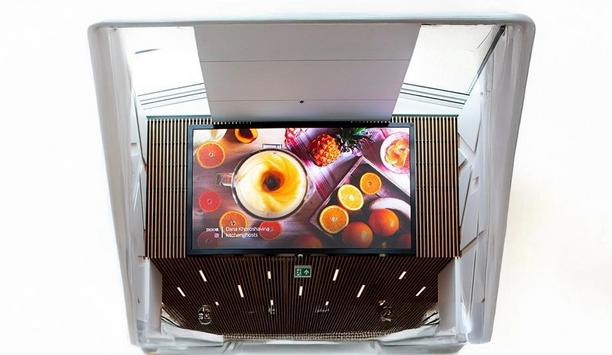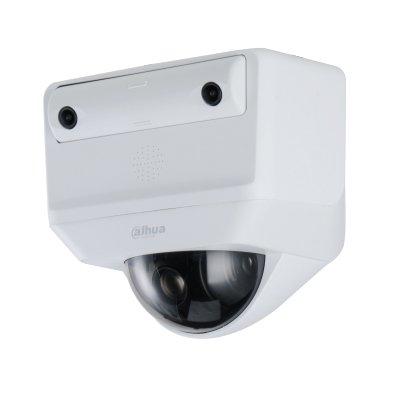A recent study conducted by IFSEC Global reveals how trusted identities can serve as the backbone for smart buildings and today’s connected workforce. Sponsored by HID Global, the access control study on the connected workplace explores the trends in smart buildings and the increasingly important need for identity-aware building systems that offer greater convenience, security and productivity.
Integrated smart buildings
Most respondents want more integrated smart buildings and business applications that seamlessly work together"
“Most respondents want more integrated smart buildings and business applications that seamlessly work together. While many of them are realising these benefits by using common management frameworks with centralised databases, this approach is generally quite expensive,” said Ashish Malpani, director of product marketing with HID Global. “The study reveals how trusted IDs offer a viable alternative for achieving a connected building at lower cost, better ROI and improved user experience--all by providing systems with knowledge of identities and their authorisations for access to elevators, parking garages, vending machines, printers and other systems.”
IFSEC Global’s study focused on how the access control infrastructure combined with trusted identities can connect disparate systems for enhanced monitoring and a better user experience as people enter and move around buildings, access various systems and consume building services.
Building systems-access control integration
More than half have already connected their building systems to access control applications
According to the report, 85 percent of respondents are aware that identities can be connected across multiple systems and devices, and more than 60 percent believe that having everything on one ID card or mobile device will provide operational efficiencies. More than half have already connected their building systems to access control applications, and converging systems can even be a factor in deciding to upgrade the access control infrastructure.
Top applications include integrated logical access, AV conferencing, elevators, secure print, locks for interior draws and racks and HVAC control. Other key findings include:
- 63 percent define their building as “smart” to at least some degree, a 13 percent increase as compared to a 2016 IFSEC Global report on smart buildings.
- 60 percent of access control systems are already integrated with other buildings systems.
- Roughly the same percentage believe that system integration is hugely beneficial for user convenience while adding value to existing systems.
- 51 percent of respondents have already integrated time and attendance systems.
- 45 percent cite asset tracking as the most likely system to be integrated in the future.
- System integration can also be a trigger for access control upgrades – at least 40 percent cited converged physical and logical access as a decision factor.
- Other top upgrade triggers include enhanced security (65 percent), multi-factor authentication (46 percent), and multiple ID form factors, such as mobile devices and cards (41 percent).
- Two-thirds of respondents believe that IT and facilities/security management teams need to work together more closely when buying, installing and using new technologies.
Internet of Things
Another finding from the IFSEC Global study is the growing awareness of the Internet of Things (IoT), with 86 percent of respondents either “very aware” or “modestly aware” of the IoT. For a more connected workplace, trusted IDs can help organisations take a first step towards integrating building systems by securing, customising and enhancing IoT applications that help connect people, places and things.




















